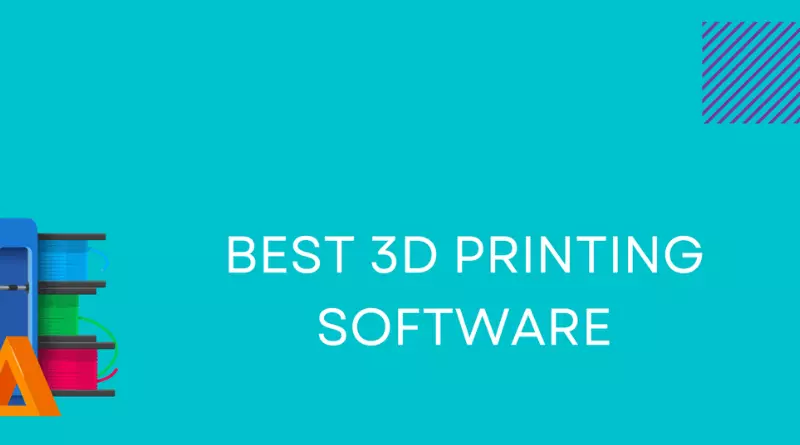Exploring the World of 3D Printer Design Software

A 3D printer design software, also known as computer-aided design (CAD) software, is a computer program that empowers users to craft and manipulate intricate 3D models suitable for printing on a 3D printer. These software applications provide a digital environment where users can bring their creative visions to life, utilizing a range of tools such as sketching, extrusion, and surface modeling. Renowned 3D printer design software examples include Tinkercad, Fusion 360, SketchUp, and SolidWorks.
The design process typically commences by creating a 3D model, either from scratch or by importing pre-existing models from a library. Designers then employ a variety of tools and techniques to refine and enhance the model, adding intricate details, adjusting dimensions, and optimizing the design specifically for 3D printing. One of the invaluable features of 3D printer design software is the ability to preview the model within a virtual environment prior to initiating the physical printing process. This functionality enables designers to identify and rectify potential issues or areas requiring improvement, minimizing errors and reducing material wastage.
In summary, 3D printer design software provides a powerful platform for digitally creating and manipulating 3D models, offering a wealth of tools and features to facilitate the design process. By utilizing these software applications, designers can refine their concepts, preview their creations, and generate files ready for 3D printing, bringing their ideas to life with precision and efficiency.
What are the key features and benefits of 3D printer design software in the realm of digital manufacturing and design?
A wide selection of 3D printer design software programs are available, each offering unique features and capabilities. Here is a selection of the most popular and extensively utilized choices:
Tinkercad
Tinkercad is a free, web-based 3D design tool that is particularly popular among beginners and educators. It boasts user-friendly features for creating basic 3D models and designs.
Fusion 360
Engineers and product designers often favor Fusion 360, a professional-grade 3D design software. It provides an extensive range of tools and features for developing complex 3D models and assemblies, including parametric design, assembly modeling, and simulation.
SketchUp
Architects and interior designers frequently turn to SketchUp, a versatile 3D design software. It offers a variety of features for creating detailed models of buildings, rooms, furniture, and prototypes. SketchUp can also be used for product design and prototyping.
Blender
Blender, a robust open-source 3D design software, is particularly popular among artists and animators. It offers a comprehensive suite of tools and features for creating intricate 3D models, including sculpting, rigging, and animation capabilities.
SolidWorks
SolidWorks is a professional-grade 3D design software highly regarded by engineers and product designers. It provides a wide range of tools and features for developing complex 3D models and assemblies, including parametric design, assembly modeling, and simulation.
AutoCAD
AutoCAD is a widely-used 2D and 3D design software, highly popular in the fields of architecture, engineering, and construction. It provides a comprehensive set of tools and features for creating detailed models of buildings and other structures in both 2D and 3D formats.
FreeCAD
FreeCAD is a free and open-source 3D design software favored by engineers and product designers. It offers an array of tools and features for developing intricate 3D models and assemblies, including parametric design, assembly modeling, and simulation capabilities.
OpenSCAD
OpenSCAD is a free and open-source 3D design software well-liked by engineers and product designers. It offers a range of tools and features for creating complex 3D models and assemblies, including parametric design, assembly modeling, and scripting functionalities.
Onshape
Onshape is a cloud-based 3D design software widely embraced by engineers and product designers. It provides an assortment of tools and features for creating sophisticated 3D models and assemblies, including parametric design, assembly modeling, and collaboration tools.
Rhino
Rhino is a 3D design software that finds popularity among architects, industrial designers, and jewelry designers. It offers a comprehensive suite of tools and features for creating intricate 3D models, encompassing surfacing, rendering, and animation capabilities.
These software options represent just a fraction of the wide array of 3D printer design software available in the market. The choice of software will depend on specific needs, requirements, and the user’s level of experience and expertise.
conclusion
In conclusion, the advent of 3D printing technology has revolutionized the realms of manufacturing, design, and creativity. The availability of various 3D printer design software empowers users to explore their imaginations and transform concepts into tangible objects with remarkable precision and detail.





